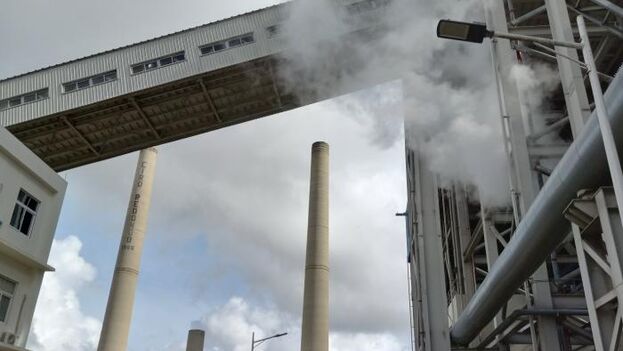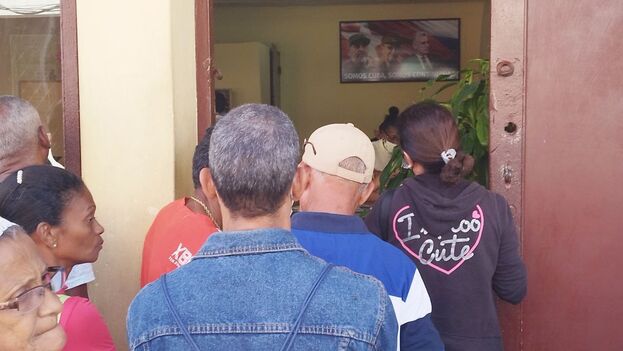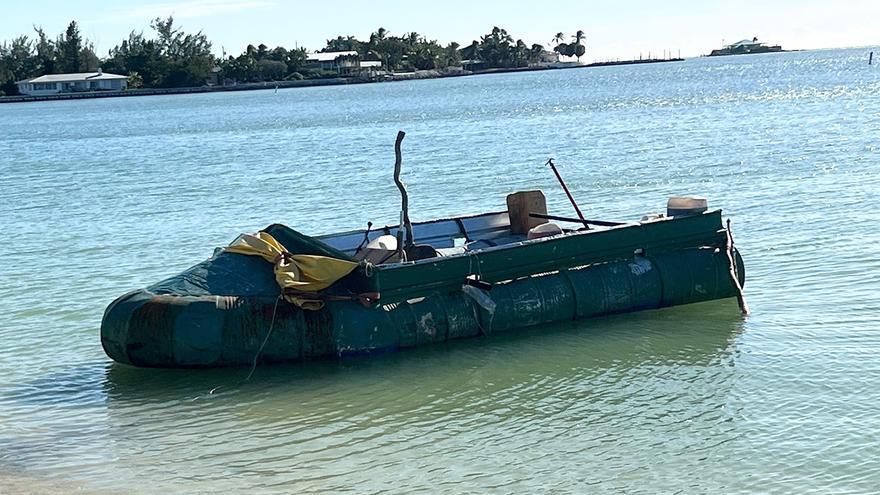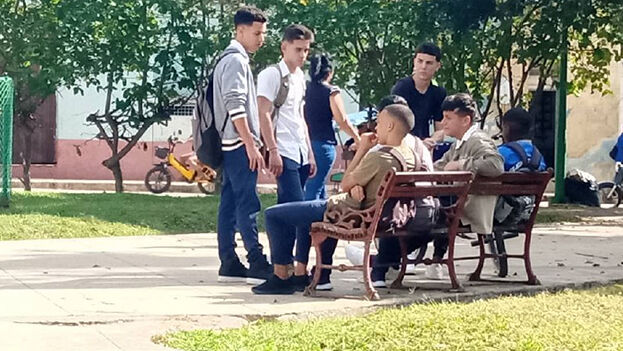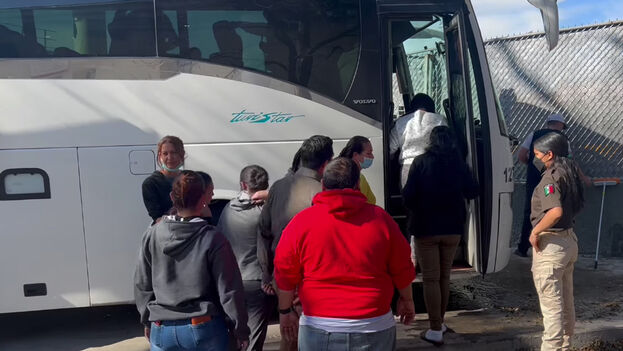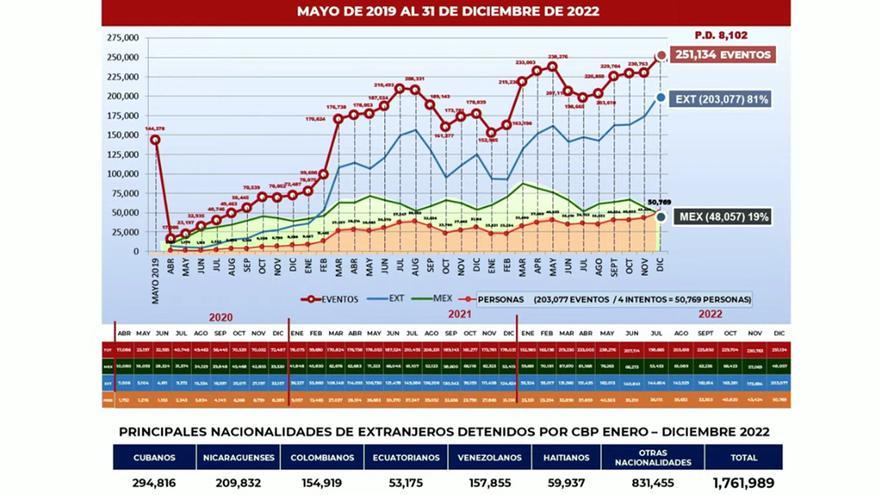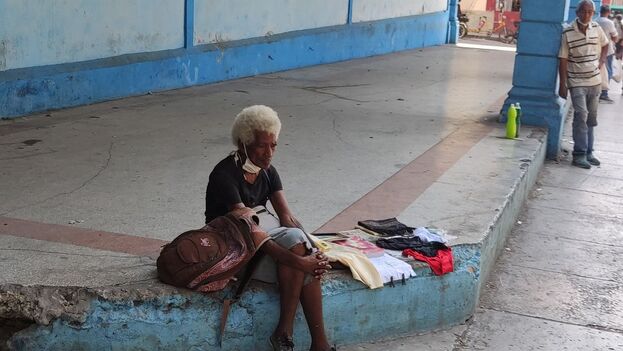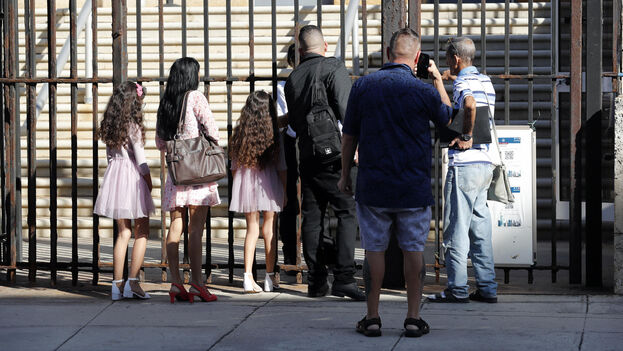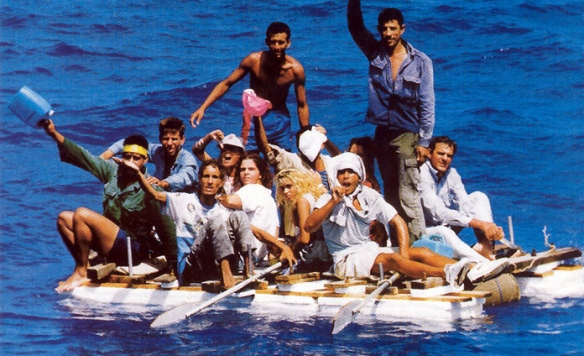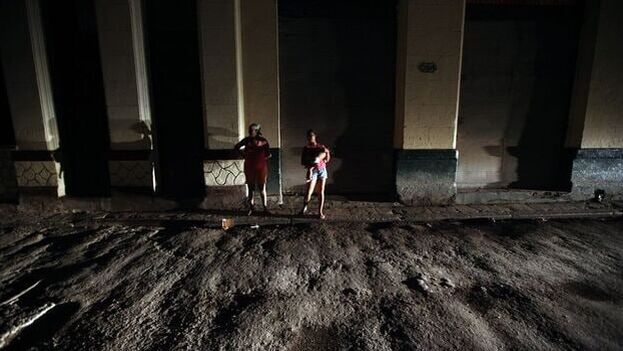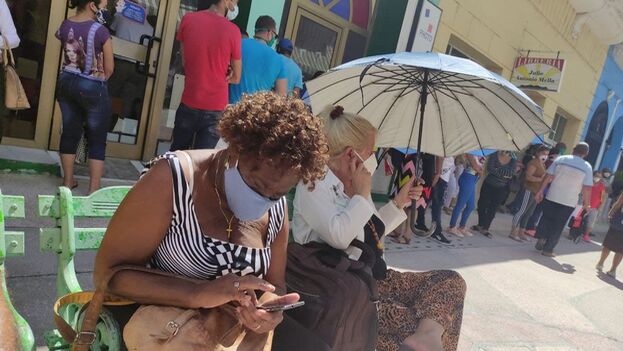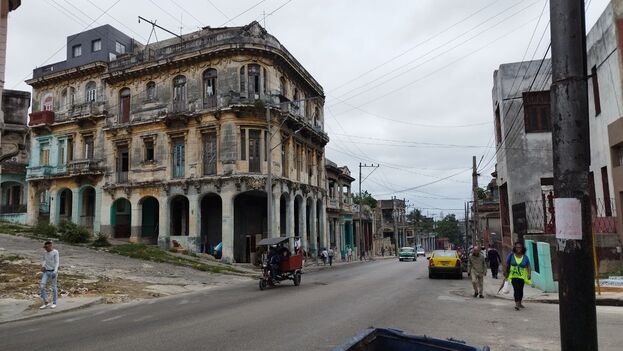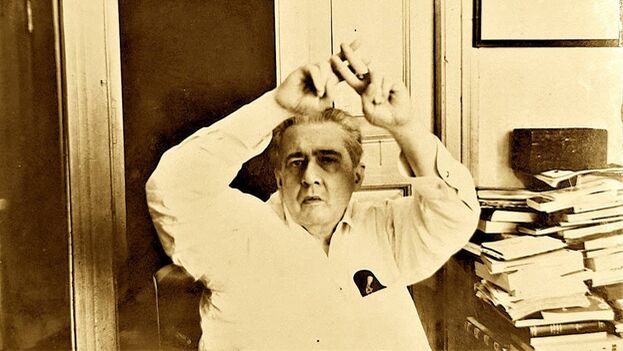That this is the position of the Cuban communist leaders regarding the new immigration measures of the United States confirms two things. Either they are blinded by ideology and don’t understand the reality that surrounds them or they actually have a distorted vision of the facts and try to get away with it, staying in power, gaining time. Both may be possible. This post will reflect on the issue.
Ideology can blind the analysis of reality. This is a more than obvious fact when there is no real and coherent explanation of why Cuba in 2023 has almost 3 million nationals and descendants residing outside national borders, occupying the first place worldwide in terms of percentage of citizens born in Cuba who live abroad.
This is a reality that the communist regime avoids addressing, one that began from the early days of the so-called revolution. The departure of Cubans abroad in search of freedom and better living conditions has been a historical constant not without difficulties since for years the Cuban border authorities prevented any exit of the balseros (rafters), and leaving the country was not easy with all the prohibitions. We had to wait for Raúl Castro to relax the rules. continue reading
In these 64 years of communist regime, Cuba has barely received emigrants from abroad, unlike the situation before 1959. The ideology of the regime has not given explanations for either process, that of departure, or that of arrival. Not even Haitians stranded on the eastern beaches of the Island want to stay in the workers’ paradise. Cuba doesn’t interest anyone. I stress, the ideology of the regime has never addressed these issues.
Ernesto Soberón has before his eyes one of the largest diasporas in the world, both quantitative and qualitative, and his position is that of a blind person. He questions the new immigration measures of the Biden administration to develop regulatory avenues for an orderly migration, and, instead of assuming that something has to be done, he shields himself in attacking the United States government, because, in his opinion, these new measures will bring new consequences for those who don’t abide by them.
What leads Soberón to say this kind of thing? Well, it’s very simple. His ideological blindness prevents him from stating that the problem of the departure of Cubans abroad exists in the essence of the communist regime itself and the negative influence it exerts on the freedoms and economic aspirations of a large part of Cuban society.
It’s not a matter of changing immigration regulations but of understanding that if Cubans have been leaving Cuba for 64 years it’s because there is a regime on the Island that forces them to flee. And it should not be forgotten that when a Haitian, a Nicaraguan or a Honduran goes to another country to work and live, they can return to theirs when they want, and, in fact, many do after living abroad.
On the other hand, many Cubans from the diaspora could not return and died in exile, and others don’t return to Cuba because they don’t want to live in a destroyed country, or they are “regulated” and prevented from returning. The regime has also exercised repression against Cubans who decided to leave the country. Cuban intelligence abroad, one of the largest in the world, has been fully provided with economic resources whose expense has never been spared.
And if there is ideological blindness in the regime about explaining the diaspora, which is an international shame for the Cuban communist state worldwide, when it comes to distorting reality the regime has gained experience, and, at the present time, gaining time has become an absolute priority.
The decisions of the Biden administration come at the right time, because from now on, Cubans and nationals of other Latin American countries, who irregularly cross the border with Panama, Mexico or the United States, will not be able to benefit from the parole process and will be expelled to Mexican territory.
This decision aims to put order in irregular emigration and was consented to by several governments of Central America. It is an escape valve for Cubans who want to leave the country, but it has allowed Soberón to use the regime’s best weapon: propaganda.
Therefore, measures that regulate emigration for Soberón should be “a more rational policy on the part of the United States and the comprehensive compliance with the migratory agreements signed that demonstrated, in 2017, that it is possible to drastically reduce the irregular, disorderly and unsafe emigration of Cuban citizens to American territory.”
What does Soberón call a more normal migratory relationship? The avenues that were opened for Cuba in Obama’s time, such as temporary visits between the two countries, which, in his opinion, could “decrease the migratory potential and attempts to enter the United States by means and with irregular practices, favoring communication between Cuban families.” Cubans who leave Cuba don’t want temporary solutions; they flee the prison island leaving everything behind.
And not happy with this relief, Soberón declares that “the Cuban authorities have warned the United States government for years about the risks of encouraging irregular emigration, with the validity of the Cuban Adjustment Law and the privileged and politically motivated treatment that Cubans who arrive on U.S. territory or its border receive.” How old is Soberón? What alerts is he talking about when just 25 or 30 years ago the communist border guards were shooting at compatriots trying to flee the regime?
Soberón also describes as negative for migration “the unjustified non-compliance since 2017 of the commitment to grant a minimum of 20,000 visas per year and the also unjustified closure of visa processing at the United States Embassy in Cuba,” but he does not say why those services were suspended (sonic attacks on embassy employees) or that the process has now returned to normal.
The truth is that Cuba maintains migratory relations with numerous countries, such as Spain, but Cubans in mass prefer to settle in the United States. This is another message that Soberón doesn’t explain but that should be very clear because it’s the one that is the most resounding about the failure of the political regime in Havana. And from there he blames the massive departure of Cubans at the present time for the strengthening of the economic blockade and the deterioration of economic conditions, which is the responsibility only of the regime. It doesn’t matter; for 64 years there have always been Cubans wanting to escape the regime.
Soberón reaffirms that “Cuba’s migration policy facilitates the travel of its nationals abroad and their return to Cuba, in a regular, orderly and safe manner. The sustained increase in travel, in one way or another, before and after the pandemic, confirms it.”
Stay with this phrase, “regular, orderly and safe migration between Cuba and the United States” because there will be a lot of talk about it in the coming months. Havana has discovered that, in addition to the embargo, it can attack the northern neighbor on this issue. It has already started.
In reality, when almost 300,000 Cubans get rid of everything they have, say goodbye to their families forever and throw themselves into the sea on rafts or into the adventure of the Central American jungle to reach the United States, there is something that does not work in Cuba.
This is a phenomenon that is not a matter of migration rules or bilateral agreements with the United States, whether or not they can be complied with. Rather, there are very profound reasons why people react this way. In their country there is no future; there is nothing they can do; the state has failed, and so they throw themselves abroad in search of freedom. Soberón should rectify this situation.
Translated by Regina Anavy
____________
COLLABORATE WITH OUR WORK: The 14ymedio team is committed to practicing serious journalism that reflects Cuba’s reality in all its depth. Thank you for joining us on this long journey. We invite you to continue supporting us by becoming a member of 14ymedio now. Together we can continue transforming journalism in Cuba.
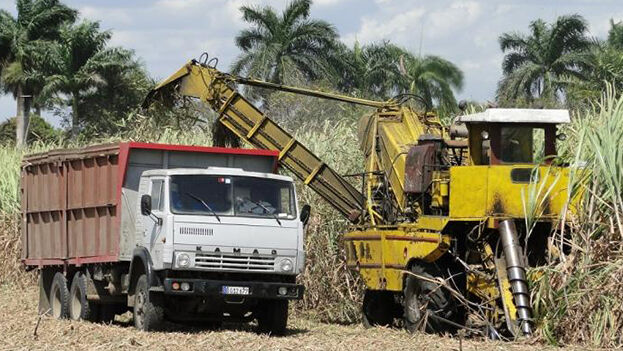
![]() 14ymedio, Havana, January 6, 2022 — As expected, sugar production in Cuba does not seem to surpass the worst prospects. In the first two months of the 2022-2023 cycle, only 69% of what was expected has been obtained, the state group Azcuba confirmed to the State newspaper Granma. The problems remain the same as in previous years: the lack of funding to acquire inputs and the energy crisis, says the Communist Party newspaper, in an article that moves away from the usual triumphalism, as reflected in the title: “It’s getting better, but not all the expected sugar is produced.”
14ymedio, Havana, January 6, 2022 — As expected, sugar production in Cuba does not seem to surpass the worst prospects. In the first two months of the 2022-2023 cycle, only 69% of what was expected has been obtained, the state group Azcuba confirmed to the State newspaper Granma. The problems remain the same as in previous years: the lack of funding to acquire inputs and the energy crisis, says the Communist Party newspaper, in an article that moves away from the usual triumphalism, as reflected in the title: “It’s getting better, but not all the expected sugar is produced.”
